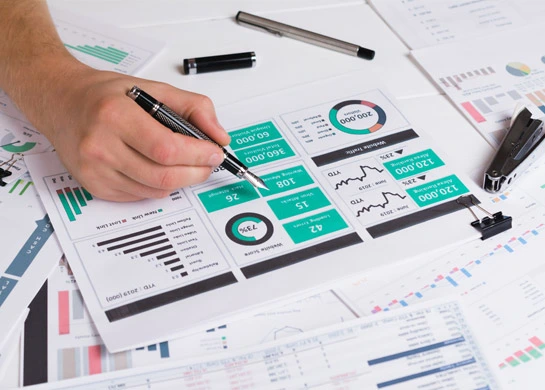As a leading market research firm, we equip businesses with actionable insights to drive success. Our team utilizes advanced methodologies to deliver comprehensive reports on market size, growth projections, competitive landscapes, and more across various industries.
At Business Market Insights, we offer a subscription-based platform and syndicated market research services, granting access to an extensive library of industry and company reports. With expertise in sectors such as Electronics & Semiconductor, Aerospace & Defense, Healthcare and others, we help businesses gain a competitive edge in dynamic markets.
We are committed to providing in-depth market intelligence that enables businesses to make informed decisions, uncover new opportunities, and achieve sustainable growth in today’s competitive environment. Our subscription services are especially valuable for companies looking to gain an advantage in fast-growing and niche markets. In an increasingly digital world, investing in our subscription-based platform offers a significant return on investment, empowering businesses to stay ahead of their competition.






















